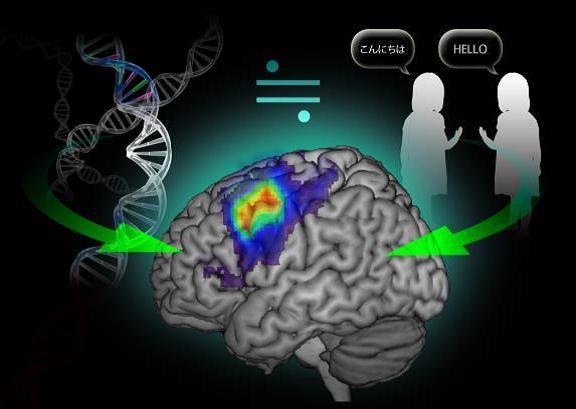
OSAKA, Japan, Dec. 29 (UPI) — Researchers from Osaka University found that genetics and the environment affect language-related brain activity equally.
Scientists examined brain activity in Japanese twins, both monozygotic, having 100 percent genetic similarity, and dizygotic, having 50 percent genetic similarity, to determine the influences on language-related activities in the left frontal area of the brain.
Masayuki Hirata, Toshihiko Araki and researchers from Osaka University used magnetoencephalography, or MEG, to measure the brain activity in groups of monozygotic and dizygotic elderly twins. The activity was measured while the twins were silently reading a series of words and finding verbs associated with the words.
The team evaluated event-related desynchronizations, or ERDs that are associated with language processing, and found that ERDs in the 25-50 Hz frequency band, known as low gamma ERDs, had the highest power in the left frontal area of the brain vital to language function.
Researchers used a quantitative genetic analysis, called structural equation modeling, to compare the power of low gamma ERDs in the left frontal area of monozygotic and dizygotic twins. The findings showed that the power of ERDs is equally affected by genetic and environmental factors.
The genetic control of ERDs was preserved after the twins had been living separately in different environments for several years, according to researchers.
The study determined that genetic factors strongly influence the power of language-specific ERDs and provide new insights into how genes and the environment affect the development of verbal ability.





